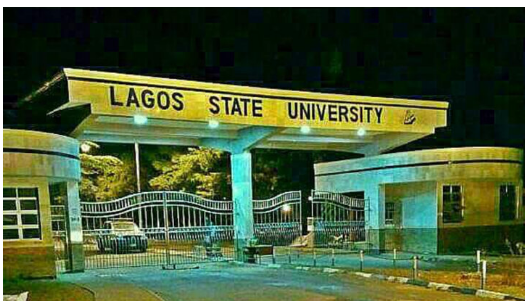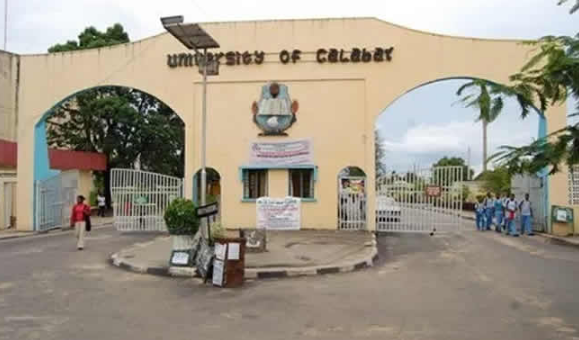The official Jamb cut-off mark for the Unilorin 2024/2025 academic session is 180 and above. The school management of Uniloin has released the updated cut-off mark for the 2024/2025 academic session which is 180 and above, so candidates who choose them are advised to check if they can score up to that in their UTME before proceeding to getting the application form.
Brief History Of Unilorin
The Institution achieved full autonomy in October 1977 and has grown at a rapid pace since then. The student population increased from 200 in 1976 to 20,084 by the 2005/2006 session, and the total staff strength of the University was approximately 3,040 as of March 1, 2007. Until January 1982, the University’s academic programs included the Faculties of Arts, Science, Education, Engineering and Technology, Business and Social Sciences, and the Pre-Clinical aspect of the Health Sciences on the Mini-Campus. By December 1981, the Faculty blocks for Natural Sciences and Engineering, as well as 8 blocks of student hotels, had been completed, allowing over 1,000 science-oriented students to move to the Main Campus to pursue their various academic programs on January 2, 1982.
The law degree program was established as a department in the Faculty of Business and Social Sciences during the 1983/84 academic year. Though canceled in 1986/87, it was revived in 1993/94 as a full-fledged Faculty.
The Main Campus currently houses the Faculties of Science, Communication and Information Sciences (CIS), Engineering and Technology, Agriculture, Education, Law, Arts, Business and Social Sciences (following the completion of the new seven-story Senate Complex), the Unilorin Sugar Research Institute, Postgraduate School, the Main University Library, Computer Services and Information Technology (COMSIT), Works Yard, Conference Centre, Unilorin Resources Development, and Man. The Mini-Campus currently houses the College of Health Sciences, a mini Library, a Canteens and Shopping Complex, the Institute of Education, and some of the URDMB’s revenue-generating projects, such as the Unilorin Computer Centre (Training Wing), Unilorin Bookshop, Bakery, Printing Press, and Guest Houses. Each campus has a health center, a post office, and banking services.
Unilorin Departmental Cut-off Mark
Below are the lists of Unilorin departmental cut-off marks;



Post UTME Application Process
Candidates who chose UNILORIN as their first choice institution and scored 180 or higher on the UTME are eligible to participate in the post-UTME screening exercise. This screening process is important in the overall admission decision because it allows us to assess candidates’ readiness for tertiary education.
UNILORIN takes a holistic approach to admission, taking into account a variety of factors during the selection process. The admission aggregate is calculated using the UTME/DE score (50%), post-UTME screening score (30%), and grades from five relevant O’Level subjects (20%). This comprehensive evaluation ensures that candidates are evaluated based on their academic performance and potential for success at the university.

